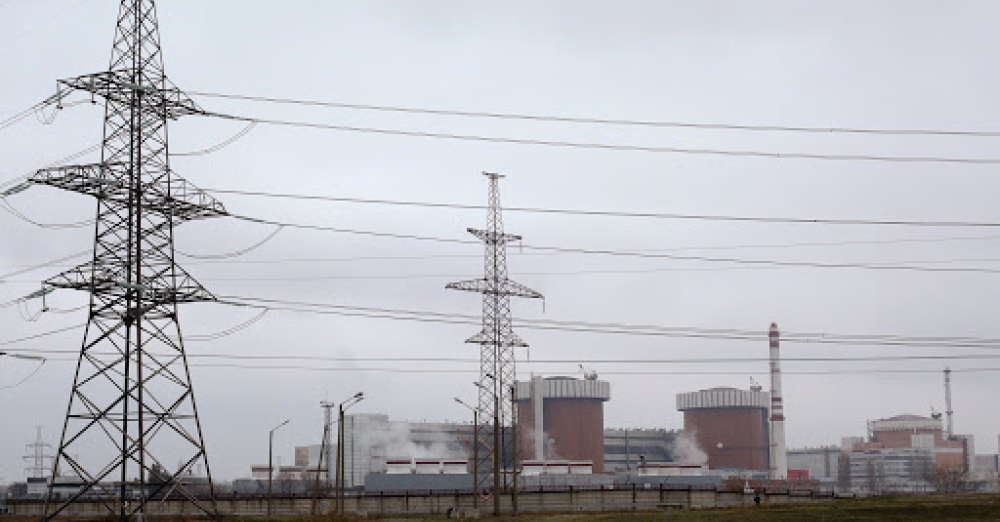Famous malware and ransomware attacks throughout history

The way technology has evolved over the last two decades or so is nothing short of incredible, with the Internet finally becoming the thing that people were dreaming of in the 20th century. Seriously, can you imagine modern life without online connectivity? It would be a hell of a lot different; we wouldn’t be able to run such a juicy array of online competitions over at Winzum for starters!
But here’s the thing: we often take online safety for granted these days, especially with the huge array of brilliant anti-virus software out there that makes our lives much easier. It can almost blind you, however, to the true danger of things like malware, phishing or ransomware.
At Winzum we love spreading knowledge, especially when it will keep you safer online. You can find a little bit about these things in the following couple of articles, [what is ransomware] + [some famous phishing scams]. It is all well and good giving an overview of these things, but sometimes you need to read some real world examples to properly understand. Keep reading for a few famous malware and ransomware attacks throughout history.
Stuxnet
Back in the 2000s a particularly innovative and aggressive type of malware called Stuxnet was used in order to seriously hamper the Iranian government’s attempt to create enriched uranium for use in nuclear weapons. This sounds much like something out of a spy film, and it was the first time that a piece of malware was used to shutdown things in real external reality.
Stuxnet is what computer boffins like to call a “worm”, and was created with the very specific task of infecting computer systems that are hooked up to nuclear facilities. It is widely accepted that a joint cyber coalition between the US and Israel was probably responsible for Stuxnet, however nobody has officially claimed responsibility yet.
NHS
Unfortunately ransomware is often used by cyber criminals to target places like hospitals, purely because they know that these establishments will always be desperate to get their systems running again, and the ransom will therefore be paid with minimal hassle. In 2017 the NHS was subject to an attack like this, which left it incapacitated for several days.
It resulted in thousands of missed operations, as well as an unknown tally of medical patients being affected. The whole ransomware attack was made possible via a phishing email – you simply have to be careful!
Ukrainian Power Grid
Technology is fantastic, nobody is saying any different, however it does get scary when you realise how it can be used to target pretty much anything in the 21st century. Just take this example: in 2015 a highly sophisticated cyber attack that is suspected to have come from Russia was responsible for shutting down a part of the Ukrainian power grid.
This was the first successful cyber attack on an actual power grid, and it just goes to show the amount of damage that can be caused through malware and ransomware.